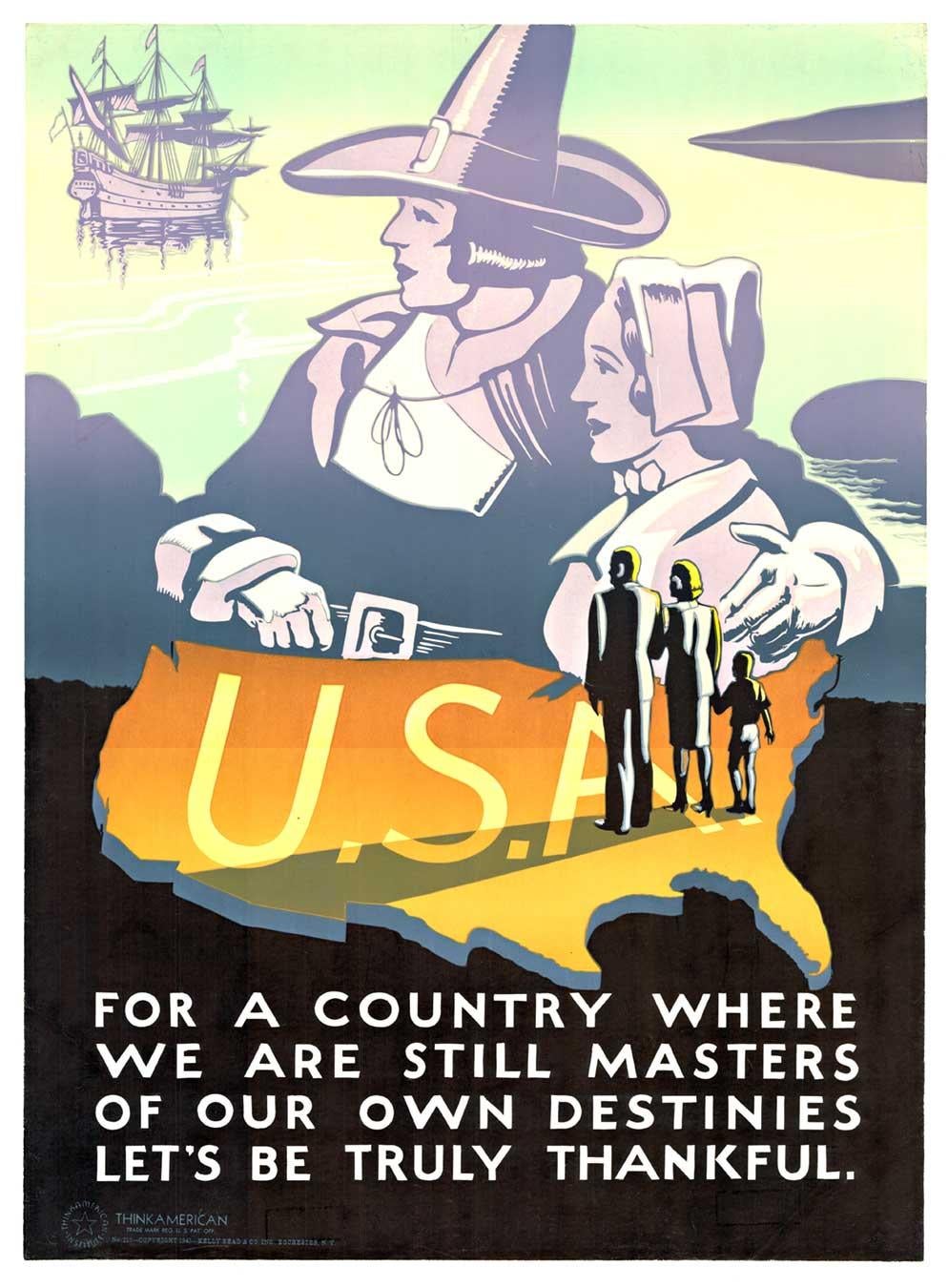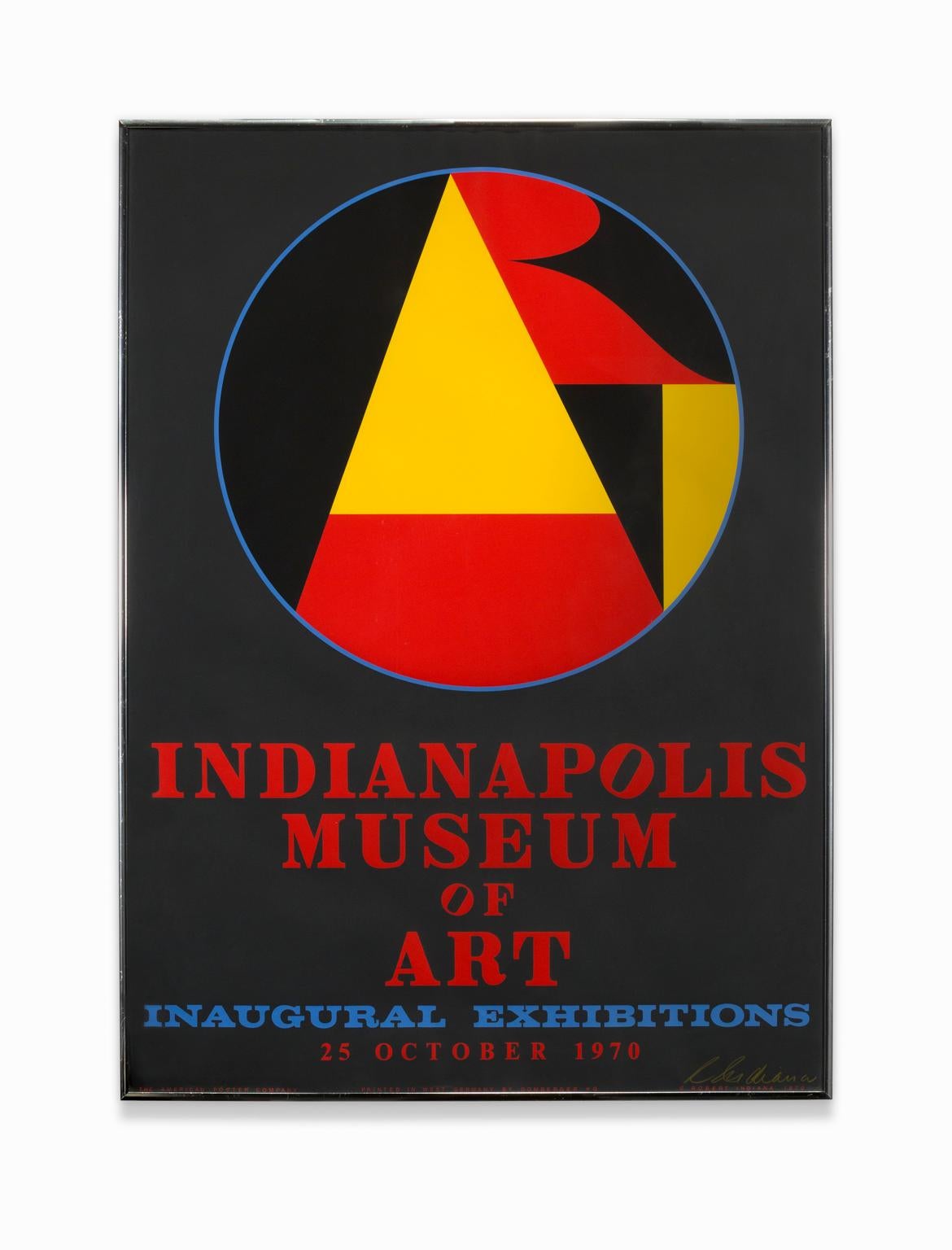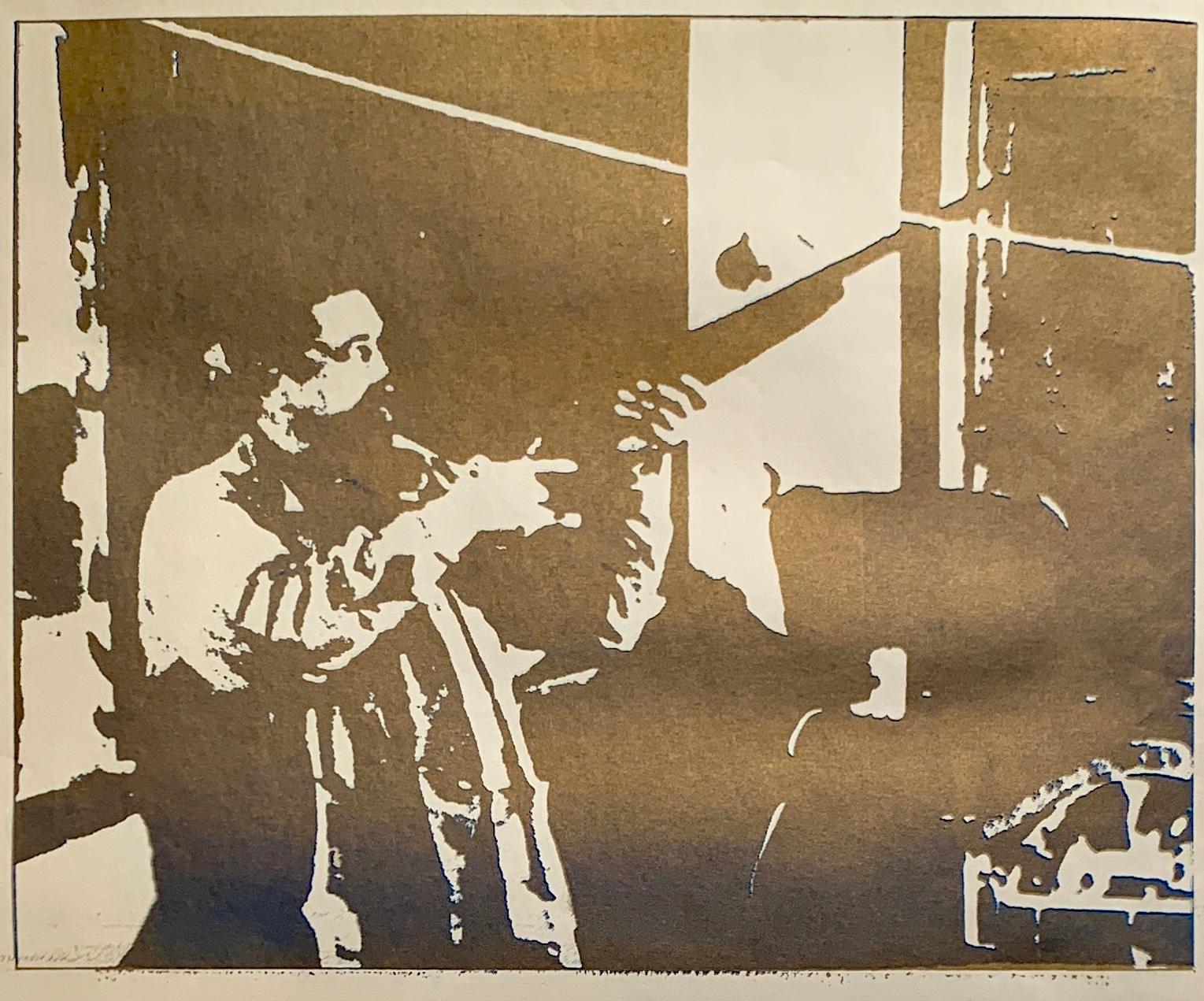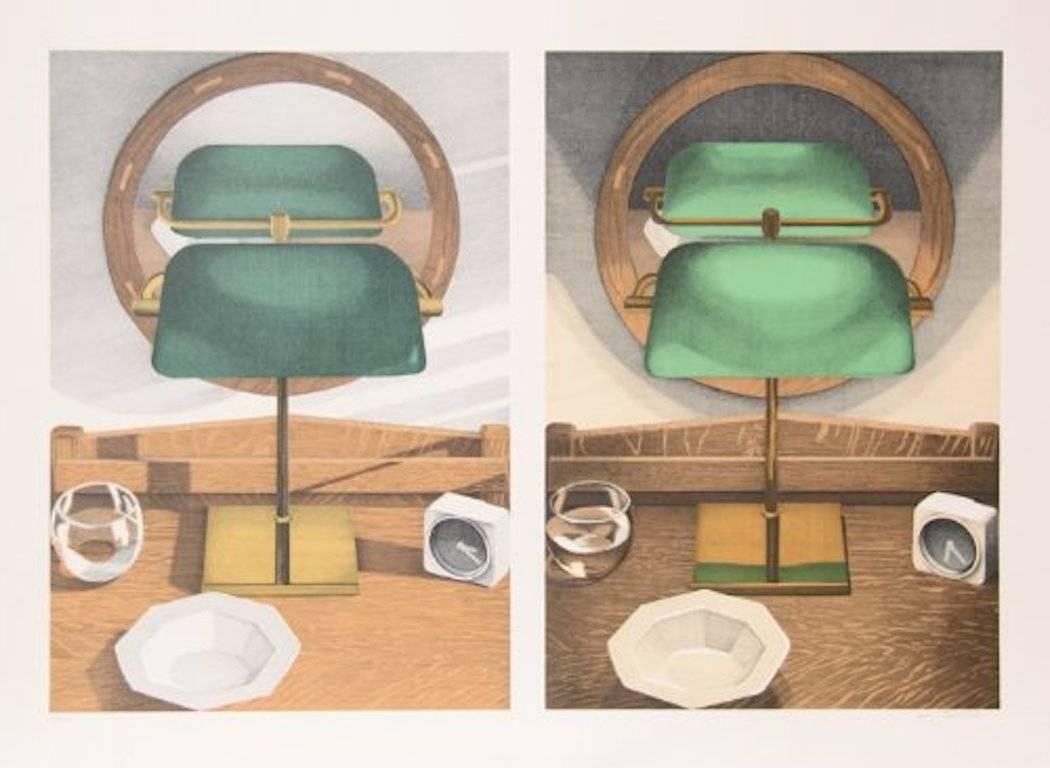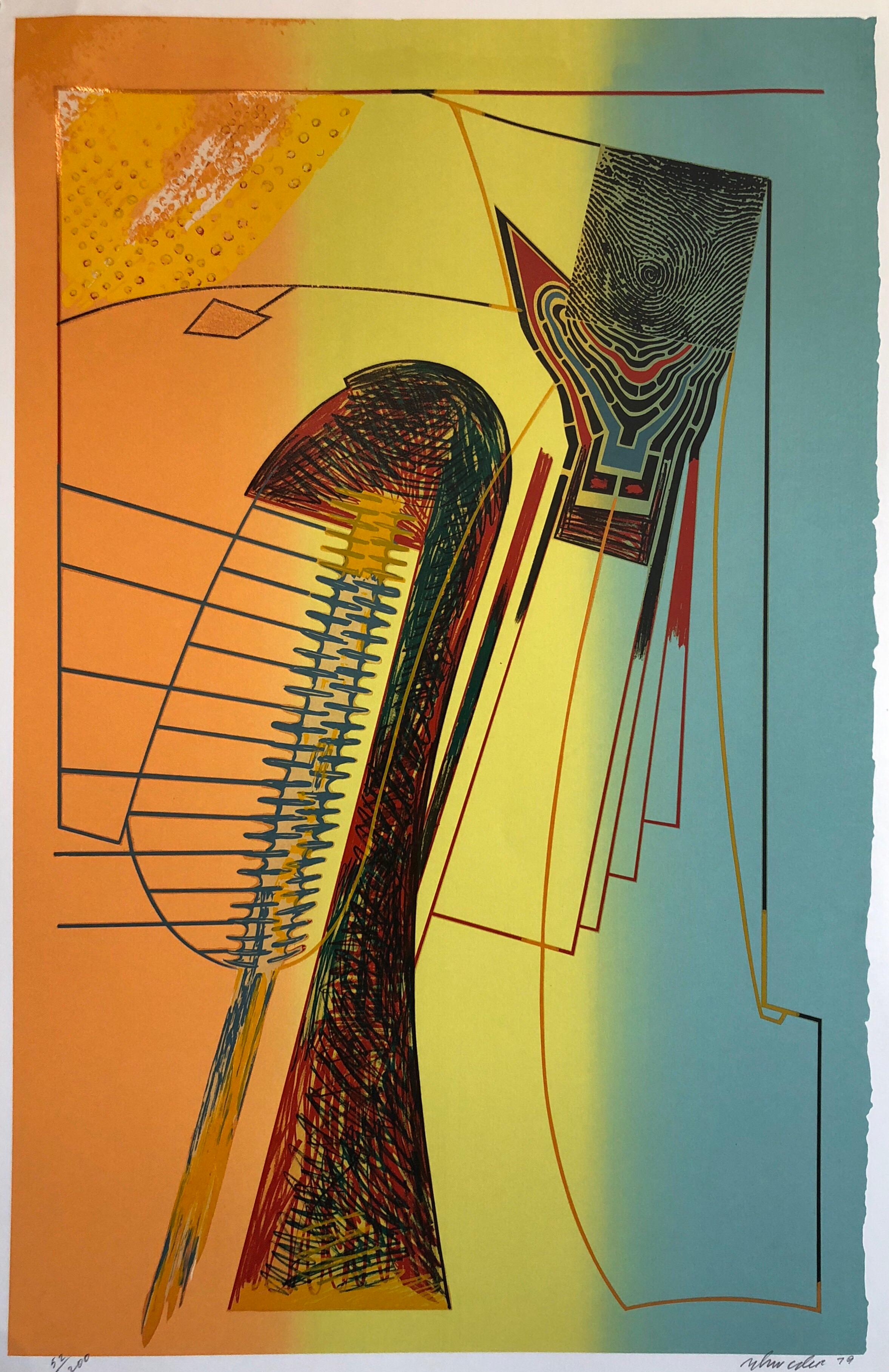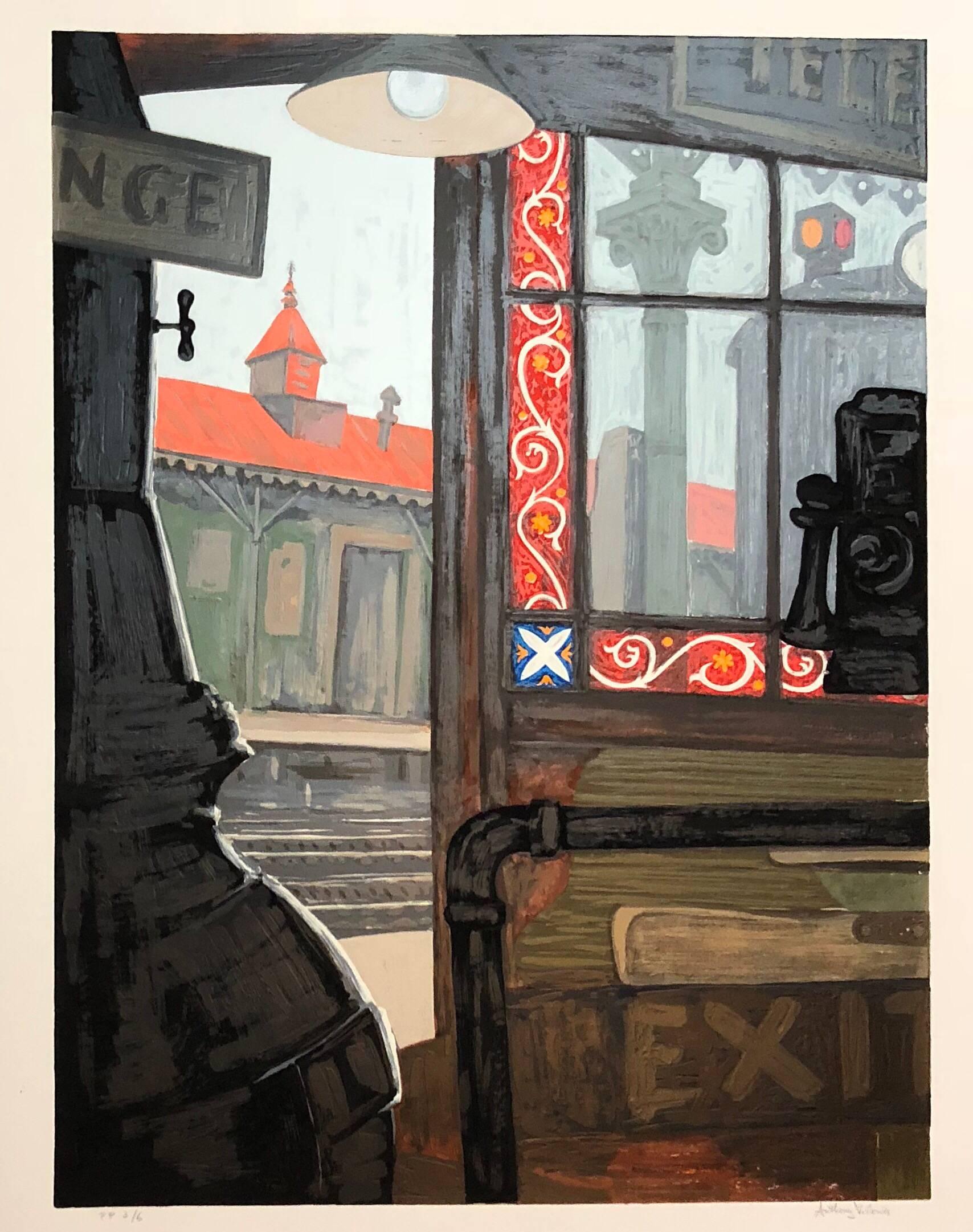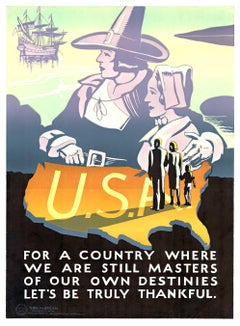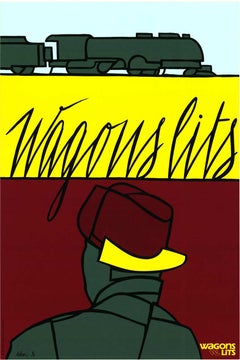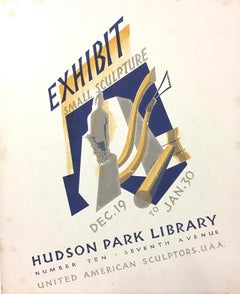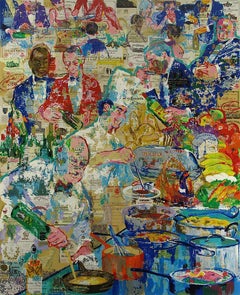
Leroy Neiman Screen Print International Cuisine
View Similar Items
1 of 4
LeRoy NeimanLeroy Neiman Screen Print International Cuisine1998
1998
About the Item
- Creator:LeRoy Neiman (1921 - 2012, American)
- Creation Year:1998
- Dimensions:Height: 38 in (96.52 cm)Width: 31 in (78.74 cm)
- More Editions & Sizes:from the edition of 450Price: $7,999
- Medium:
- Movement & Style:
- Period:
- Condition:
- Gallery Location:Boynton Beach, FL
- Reference Number:1stDibs: LU111813908572
You May Also Like
- Original "Think American" USA World War II vintage posterLocated in Spokane, WAOriginal poster: For a Country Where We Are Still Masters of Our Own Destinies, Let's Be Truly Thankful. Silk-screened patriotism. This is a poster meant to appeal to the American f...Category
1940s American Modern Figurative Prints
MaterialsScreen
- Original "Wagon Lits" pop art style serigraph travel by train posterBy Valerio AdamiLocated in Spokane, WAOriginal “Wagon Lits” serigraph poster by the artist Valerio Adami. It was printed in France by GrafiCaza (Michel Caza), one of the finest serigraph companies on woven paper—in exce...Category
1990s American Modern Figurative Prints
MaterialsScreen
- Anthony Velonis, Exhibit, Small SculptureBy Anthony VelonisLocated in New York, NYAnthony Velonis (1911-1997) was an extremely innovative artist. He learned the technique of screen printing, also known as silkscreen, (for which he also coined the term serigraphy) while working with a wall paper manufacturer. Unusual for fine prints, the image is made by the artist in the same direction as it will print, as the colored inks are forced through fabric (silk) directly onto a paper surface. (He also invented a machine that could print onto column-shaped items such as cocktail glasses or make-up bottles and a rack system for drying sheets of paper with wet ink in which the sheets are just inches apart.) The technique allows extreme versatility on the part of the artist and the ink tends to sit on top of the paper rather than soak into the fibers. In 1934 Velonis used this new technique on Mayor LaGuardia's NYC Poster...Category
Mid-20th Century American Modern Abstract Prints
MaterialsScreen
- "Indianapolis Museum of Art Inaugural Exhibitions", Color Silkscreen, SignedBy Robert IndianaLocated in Detroit, MI"Indianapolis Museum of Art Inaugural Exhibitions", 25 October 1970, is an eye popping large bold colorful geometric abstract silk screen. It is signed on the lower right. Robert Indiana, one of the preeminent figures in American art since the 1960s, played a central role in the development of assemblage art, hard-edge painting, Pop art, Neo-Dada, American Modernism and Modern Art. A self-proclaimed “American painter of signs,” Indiana created a highly original body of work that explores American identity, personal history, and the power of abstraction and language, establishing an important legacy that resonates in the work of many contemporary artists such as Andy Warhol, Keith Haring, Roy Lectenstein, David Hockney, Romero Britto, Richard Hamilton and Robert Rauschenberg who make the written word a central element of their oeuvre. Robert Indiana was born Robert Clark in New Castle, Indiana on September 13, 1928. Adopted as an infant, he spent his childhood moving frequently throughout his namesake state. At 14 he moved to Indianapolis in order to attend Arsenal Technical High School, known for its strong arts curriculum. After graduating he spent three years in the U.S. Air Force and then studied at the Art Institute of Chicago, the Skowhegan School of Sculpture and Painting in Maine, and the Edinburgh College of Art in Scotland. In 1956, two years after moving to New York, Indiana met Ellsworth Kelly, and upon his recommendation took up residence in Coenties Slip, where a community of artists that would come to include Kelly, Agnes Martin, James Rosenquist, and Jack Youngerman had studios. Indiana, like some of his fellow artists, scavenged the area’s abandoned warehouses for materials, creating sculptural assemblages from old wooden beams, rusted metal wheels, and other remnants of the shipping trade that had thrived in Coenties Slip. The discovery of 19th century brass stencils led to the incorporation of brightly colored numbers and short emotionally charged words onto these sculptures as well as canvases, and became the basis of his new painterly vocabulary. Although acknowledged as a leader of Pop, Indiana distinguished himself from his Pop peers by addressing important social and political issues and incorporating profound historical and literary references into his works. In 1964 Indiana accepted Philip Johnson’s invitation to design a new work for the New York State Pavilion at the New York World’s Fair, creating a 20-foot EAT sign...Category
1970s American Modern Abstract Prints
MaterialsPaper, Ink, Screen
$1,760 Sale Price20% Off - "Gold and Blue Gun" 1970s Original Portrait SilkscreenLocated in Arp, TXArtist unknown "Gold and Blue Gun" c. 1970s Silkscreen on paper Image size 21.25"x17" paper size 26"x40" unframed $350 Unsigned *Listed price reflects custom framing selected by sell...Category
1970s American Modern Figurative Prints
MaterialsPaper, Screen
- "Homo" VerneBy Geoffrey ArchboldLocated in Fairlawn, OH"Homo"Verne, (Still Life with wine bottle, wine glass, glass of beer and dice) Pochoir printed on black textured colored paper, c. 1930 Signed and numbered in white pencil by the art...Category
1920s American Modern Still-life Prints
MaterialsScreen
Recently Viewed
View AllMore Ways To Browse
Artist Leroy Neiman
Signed Print Leroy Neiman
Leroy Neiman Olympic Art
Leroy Neiman Olympics
Leroy Neiman Screen Prints
Hand Signed Print Leroy Neiman
Vintage Baseball Prints
Leroy Neiman Prints Olympics
Vintage Horse Racing Print
Vintage Horse Racing Prints
Ski Washington
Retro Horse Racing Prints
Leroy Neiman Sports
Olympic Games 1976
Leroy Neiman New York
Winter Olympics 1980
Set Of Prints Golf
Vintage Hockey Prints
